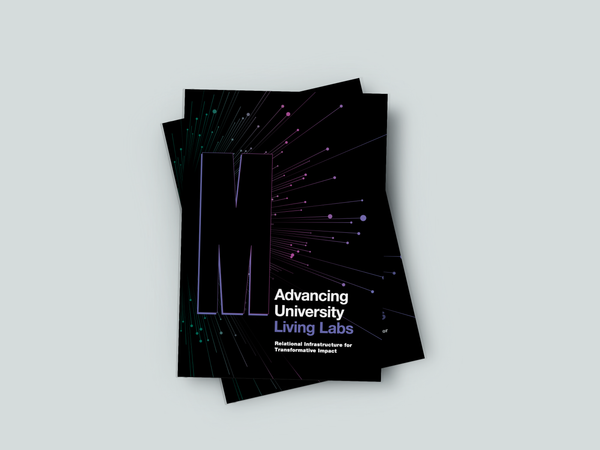Learnings about Environmental Philanthropy
Reflections from exploring a role working in the philantrophic sector

Recently I’ve been looking into finding a new home for some of my skills and experience. I’ve worked across design agencies, youth development, environmental conservation, tech startups and social labs, amongst others – my background is multi-disciplinary and multi-sectoral, so finding a vehicle through which I can serve wholly can be somewhat tricky. Yet I feel like I’ve made the call that creating my own entity from scratch isn’t the best use of time and energy at the moment – joining or partnering with an existing organisation to focus energy on working in complexity, to improve human wellbeing, restore biodiversity and/or address the climate emergency is a better move.
One of the organisations I’ve been speaking to, is a leader in the philanthropic scene in Australia. Speaking with them and preparing for the interviews has taken me on a learning journey into the philanthropic world, and which futures may lie ahead for the sector.
I thought I would share some fieldnotes for others to reflect on, and perhaps critique, too.
1) A Unique Role For Philanthropy
Often, philanthropic entities operate outside of the confines of current Policy-led grantmaking from Governments (be they Federal, State/Regional or Local), and as such play a vital role in funding the work of people, groups, projects and organisations who sit outside or in opposition to Policy positions.
In the Australian context, the Federal Government is actively fighting against recognising and acting on the climate and biodiversity emergencies. Whatever your analysis about why that might be (propping up a dying economic model, corporate interests, climate denial etc etc), there are a multitude of needs for funding in the environmental field for which that money will not be forthcoming without philanthropic / corporate social responsibility support.
These needs include advocacy, community transition projects, capacity & field building initiatives, innovation / experimental practices and projects, and more.
So what is the role for Philanthropy in this space?
The Australian Environmental Grantmakers Network prepared a Climate Change Briefing for Philanthropic Institutions, which is largely is a briefing note on accepted climate science, with a couple of paragraphs about the possibilities for Philanthropists to be independent, to use a climate lens across their grantmaking portfolios, and to scale up efforts:
https://probonoaustralia.com.au/news/2018/10/philanthropys-role-tackling-climate-change/
As outlined in this article from The Conversation, Philanthropy may need to consider a portfolio which covers prevention, adaptation and also flow on damage from the worst outcomes of climate change:
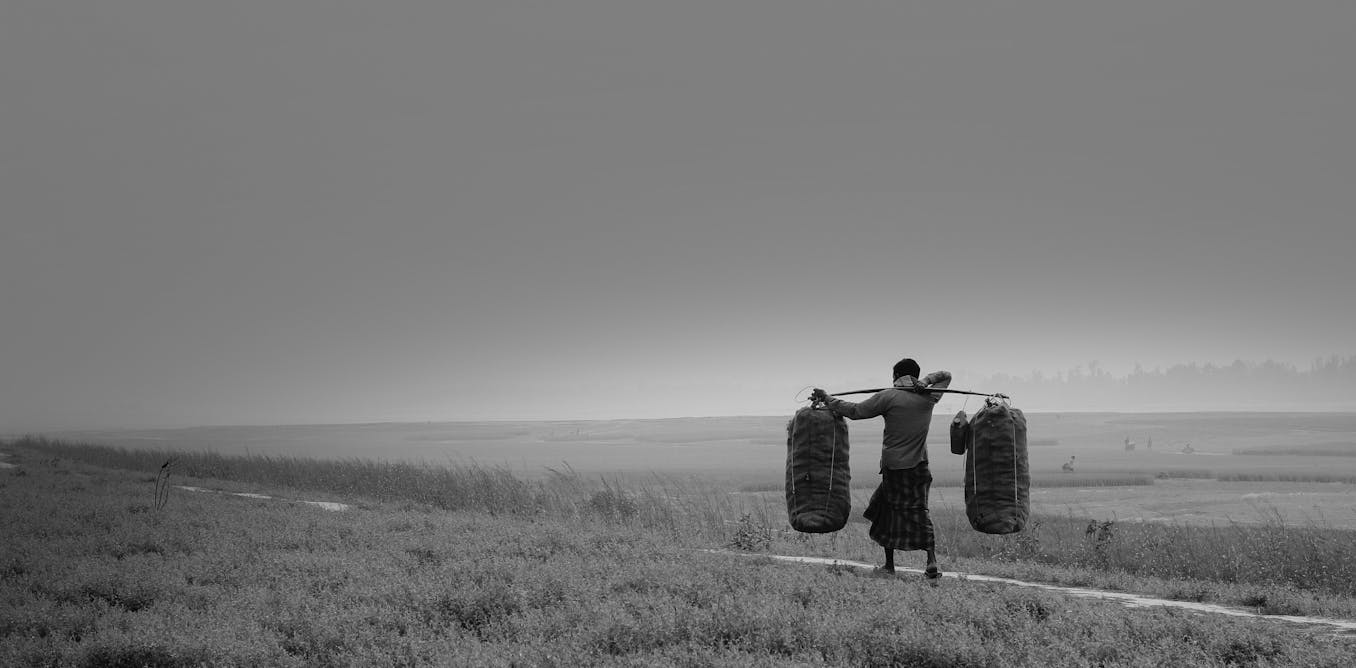
During my Masters research, which focused on environmental conservation sector, I indicated that Philanthropic money needed to flow into capacity building and innovation/experimentation initiatives, to re-build the sector to be able to address the new scale of the challenges:
Likewise, The JW McConnell Foundation recognise the role of building social R&D infrastructure and culture to enable the step changes needed to lift above the rising tide of challenges:
There is most definitely a role for philanthropic organisations to deliver stronger signals — both through funding this work directly, forming new collaborative funds, and also by being an outspoken force in policy circles, publicly, and through telling stories of positive impact.
Examples include:

2) Strategic Planning Vs Foresight
Many philanthropic institutions have followed the trend towards setting strategic plans for 3–5 horizons, to inform their activities. This probably doesn’t seem like a bad thing to most people, as strategic planning is so mainstream it’s not even questioned, despite it’s high failure rates.
However, we know that planning-based approaches (characterised by analyse-to-predict) to strategic work are less effective in an increasingly interconnected and complex world. Increasingly energy and resources around the world are being put into rigorous experimentation-based approaches (characterised by experiment-to-adapt) when people are working on complex issues such as energy use, sustainable oceans and mental health.

In this mode, exploring Futures (plural) through Foresight methods will be useful for Philanthropy to explore different scenarios. Foresight work often uses “Signals” which would indicate a trend towards a scenario (or scenarios) and thus indicate an appropriate strategic direction to increase the likelihood of achieving a preferable future.
Here are some useful starting points to think about Foresight in a Philanthropic context:


Complexity-informed Philanthropy?
Given an acceptance that we are increasingly seeing our worlds become more complex, and thus we are less able to predict the future – it begs the question how we should respond to complexity. I was surprised when the foundation President said that many applicants to the program officer role didn’t explicitly talk about systems or complexity in their covering letters or interviews.
It got me wondering what research is out there, so I was thankful to find a range of articles written about complexity and systems thinking in philanthropy.
I decided to take a stab at how I imagine Philanthropic Practice evolving, informed by these articles, complexity practice from other fields, and my own experience (see Appendix below for Complexity 101).
Systems Awareness
There’s an argument that philanthropic organisations could have a significant impact by making small changes to their grant making process — primarily, offering systems thinking capacity building to grantees.
By explicitly supporting grantees to develop systems awareness of their challenge, it is likely that this would change the way they approach the challenge to be more holistic (and this impactful). It would also likely incentivise collaboration with others who are working in and around the area they’re being funded for, as they begin to see the interconnections and potential for collective action. At least that was our experience with Lifehack, Enspiral and Collaboration Cafe in New Zealand.
Additionally, allowing scope for a portion of funds to be used for emergent interventions, derived from systems practice would be valuable. For example, whilst investigating a media-centric solution to increase mindfulness uptake, a team I worked with through Lifehack found a path to improve the depth of impact using their skills to partner with mindfulness practitioners, rather than create the media themselves. Under traditional funding structures, these important shifts are not covered, even if impact can be delivered in a different, more sustainable way.
Invest In The Relational Field
By Relational Field, I mean the fabric of trust and knowledge exchange between people. I wrote a bit about it here, where I outline the idea that by focusing on this fabric first, we will increase the quality and effectiveness of collaborative and collective action.
I believe there would be huge value in establishing small, temporal communities of practice, which nurture peer-learning across a portfolio. This could be enabled through lightweight infrastructure such as periodic face-to-face meetings or video calls, and digital communications forums such as Mobilize. The benefit of this would be to speed up learning and cross-pollinate insights and relationships through a grantee network — from our experience, this worked to deepen the impact each person could have, beyond the potential they would normally have operating in their existing context. There’s many models for this, including Systems Sanctuary, Enrol Yourself, and Fellowship Programs like Year Here, Echoing Green & Flourishing Fellowship.
In this model, a Philanthropic entity would also be able to act as a sense-maker across portfolios — a vital role in weaving networks and advancing knowledge and practice to spread more quickly.
Vary Leverage Points
There’s growing evidence that in complex systems, interventions from anywhere may influence significant shifts, as change is now understood to be non-linear.
This means that for an environmental portfolio, investment should look at multiple levels of leverage points (see links in Appendix), ideally in a coordinated fashion. This builds on the idea of targeted systems change which Odin Mühlenbein puts forward in his article ‘Systems Change — Big or Small?’ to fund a range of smaller initiatives which work towards a common goal.
Engagement & Participation
For the large part, funding decisions are made behind closed doors. Intelligent people make solid decisions, but they are often opaque for people on the other side.
Whilst contributing to building the Enspiral collective in New Zealand, we experimented with collaborative budgeting, whereby anyone could pitch a project openly to the group, and money was allocated across the portfolio of ideas, each month. This transparency allowed people to see other ideas early (and thus join/support/critique etc), see there wasn’t enough money to fund them all, and also boost our collective creativity. In short, it drastically increased engagement and participation.
To ease into this slowly, I would love to see Philanthropic organisations assign small portion of funds to collaborative grantmaking (which can easily be managed with tools like Cobudget). This would enable individuals and groups to apply for small scale seed funding for new initiatives with minimal compliance, but more importantly, increase transparency across the landscape of people and organisations who are supposed to be working towards common ends.
Conclusion
I don’t profess to be a philanthropy expert, but I am excited to explore how Philanthropy can play an important role in tackling the urgent environmental emergencies which we are now in the grip of.
We desperately need bold action matching the scale of the challenges that face us. We need new forms of organising, mobilising, and funding environmental initiatives, and this shift cannot be made without the financial assistance of leaderful people in the Philanthropic sector.
Appendix
This is a quick list of links for further reading and listening.
Complexity Science 101

Experimentation portfolios

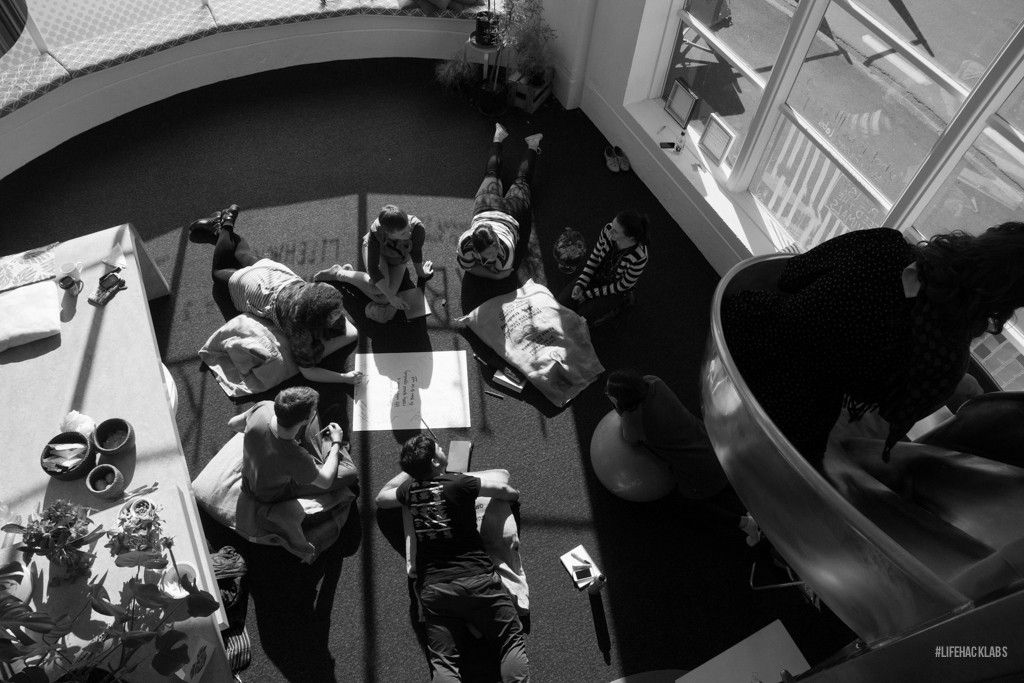

Non-linear change

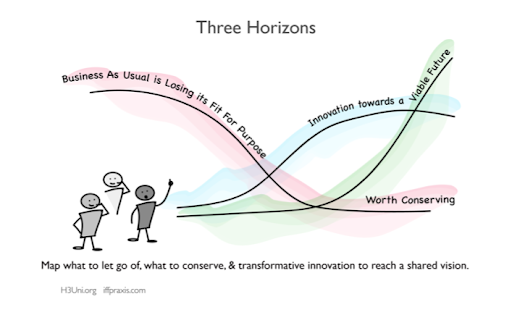
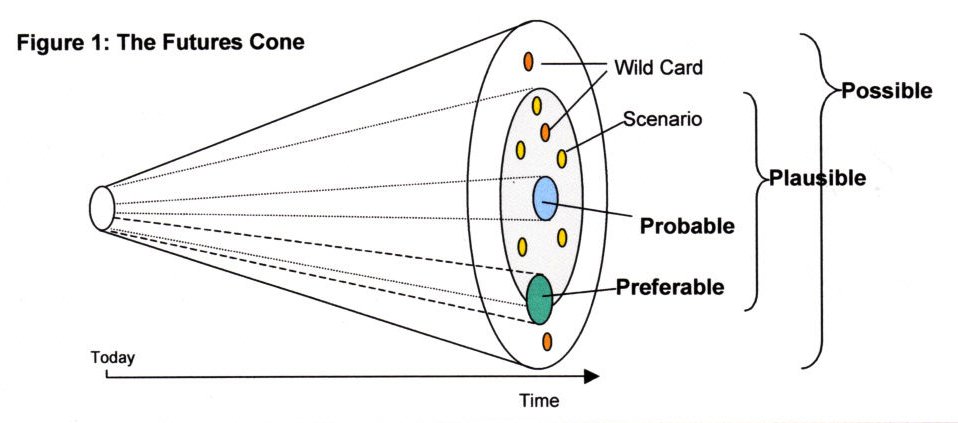
Leverage Points
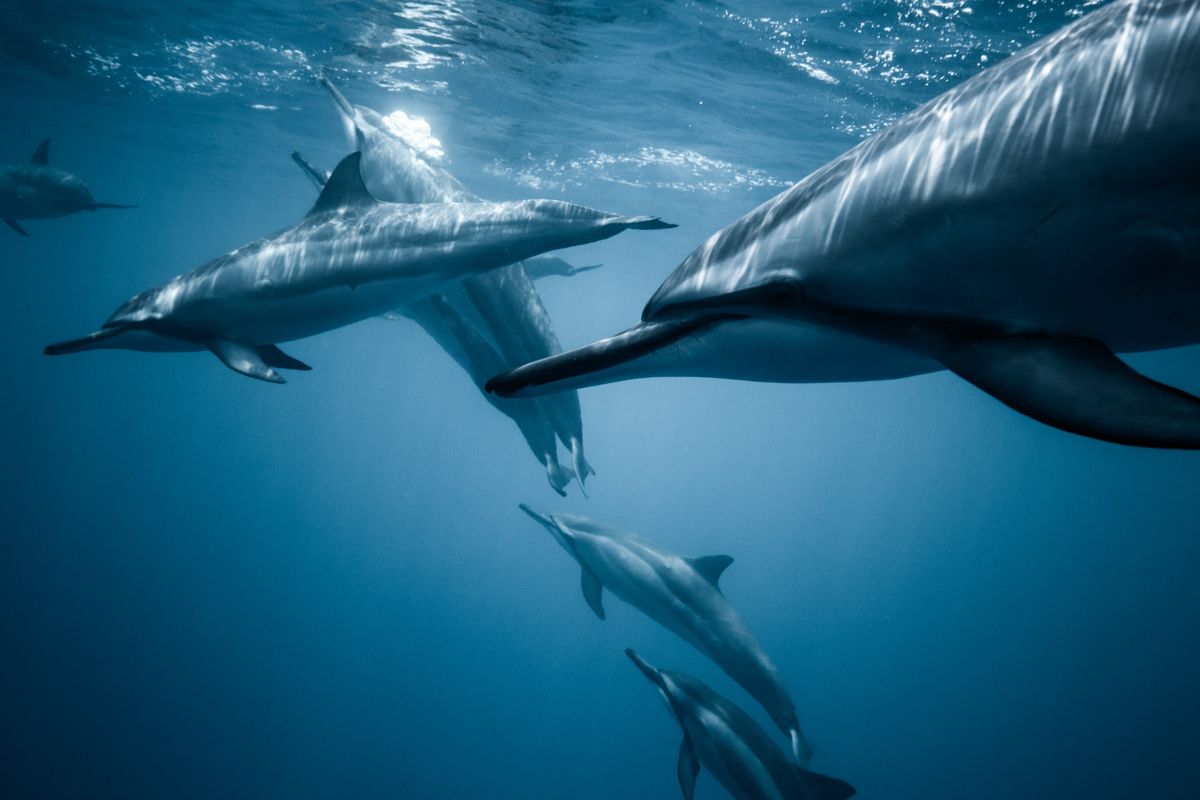
Philanthropy informed by Complexity



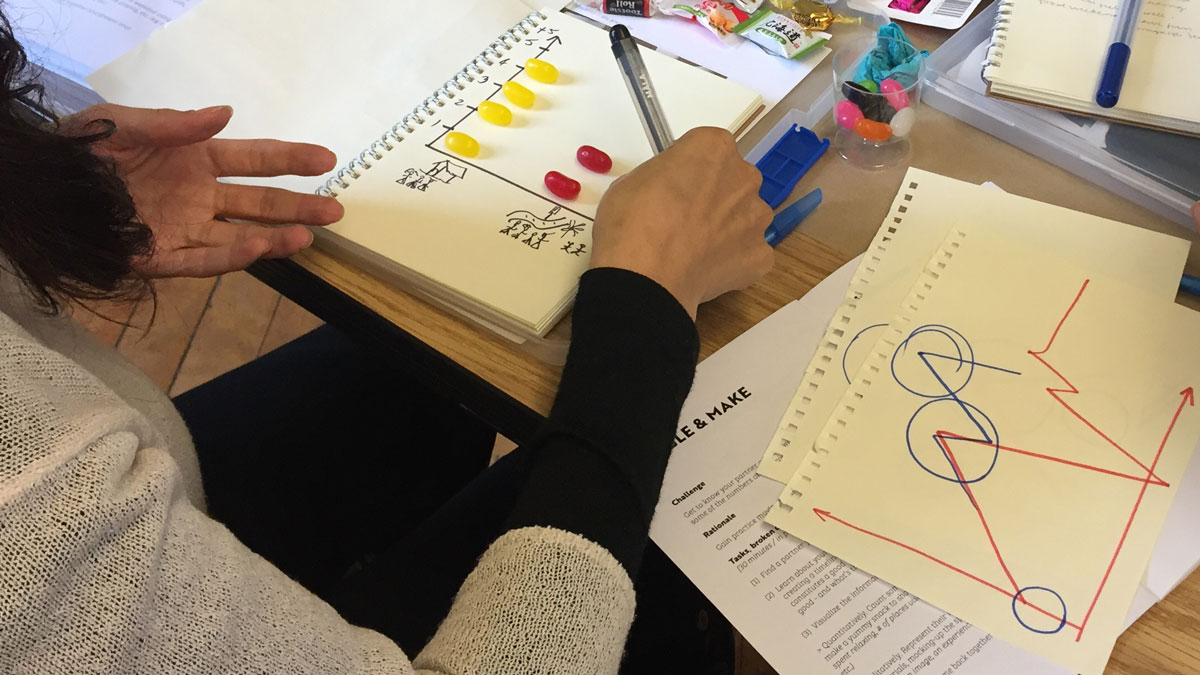
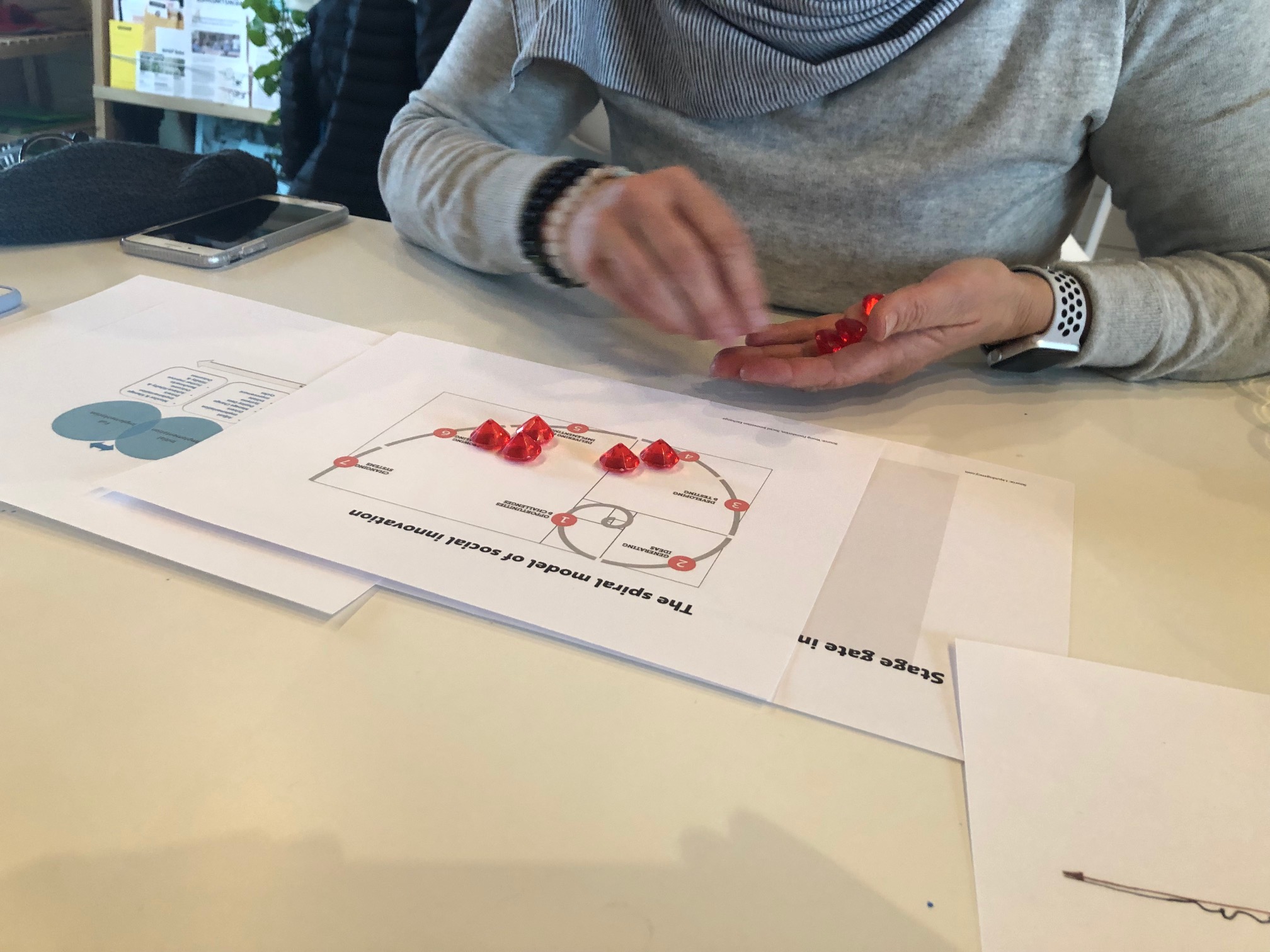

References
Capon, N. (1996). Reviewed Work: The Rise and Fall of Strategic Planning by Henry Mintzberg. The Academy of Management Review, 21(1), 298–301. Retrieved from http://www.jstor.org/stable/258641
Wiseman, J. (2018) Australian Environmental Grantmakers Network
Philanthropy Briefing — Climate Change. Retrieved from: https://www.aegn.org.au/2018/11/aegn-climate-briefing/
Wendelbo, M. (2018) Foundations are making climate change a bigger priority. The Conversation. Retrieved from: http://theconversation.com/foundations-are-making-climate-change-a-bigger-priority-104883
Rye, S. (2018) How might we improve the environmental and social outcomes of biodiversity conservation projects? Retrieved from: https://kanopi.gitbook.io/mdes-exegesis/
Tully, C and Pulford, L. (2019) Future-fit philanthropy: why philanthropic organisations will need foresight to leave lasting legacies of change. Alliance Magazine. Retrieved from: https://www.alliancemagazine.org/blog/future-fit-philanthropy-why-philanthropic-organisations-will-need-foresight-to-leave-lasting-legacies-of-change/
Junge, J. (2018) Strategic Foresight and Philanthropy. SIX. Retrieved from: https://socialinnovationexchange.org/insights/strategic-foresight-and-philanthorpy
van Oijen, L. (2016) Complexity from the perspective of philanthropic foundations and their evaluation practices. In Bamberger, M., Vaessen, J., & Raimondo, E. Dealing with complexity in development evaluation (pp. 347–362). Thousand Oaks, CA: SAGE Publications, Inc doi: 10.4135/9781483399935
Rye, S. (2017) The Relational Field. Fieldnotes. Retrieved from: https://medium.com/fieldnotes-by-sam-rye/the-relational-field-7ef5c710bcb4
Gillies, L., York, J., Minkiewicz, J. (2018)
Philanthropy: Towards A Better Practice Model. Asia Pacific Social Impact Centre. Retrieved from: http://hdl.handle.net/11343/213874
Tulloch, G. (2018) Problematizing Scale in the Social sector (1): Expanding Conceptions. Retrieved from https://inwithforward.com/2018/01/expanding-conceptions-scale-within-social-sector/
Schulman, S. (2017) DEVELOP AND DELIVER: Making the case for social R&D infrastructure. Retrieved from https://inwithforward.com/2017/10/develop-deliver-making-case-social-rd-infrastructure/
Frederick, D. (2017) Podcast: How ‘Systems Thinking’ Can Change the Game on Hunger and Homelessness. Retrieved from: https://www.philanthropy.com/resources/audio/podcast-how-systems-thinking/6345/
Abercrombie, R., Harries, E., Wharton, R., & Lankelly Chase. (2015). Systems change: A guide to what it is and how to do it. NPC. Retrieved from: https://www.thinknpc.org/resource-hub/systems-change-a-guide-to-what-it-is-and-how-to-do-it/
Human Current. (2017) Episode 54: Reversing Complex Problems For Global Security. Retrieved from: http://www.human-current.com/episode-054-reversing-complex-problems-for-global-security
Human Current. (2018) Episode 75: Embracing Complexity An Interview With Jean Boulton. Retrieved from: http://www.human-current.com/episode-075-embracing-complexity-an-interview-with-jean-boulton
Meadows, D. (2001) Dancing With Systems. Retrieved from: http://donellameadows.org/archives/dancing-with-systems/
Rye, S. (2019) Towards Targeted Systems Change. Fieldnotes. Retrieved from: https://medium.com/fieldnotes-by-sam-rye/towards-targeted-systems-change-7f4db6febb51
Tonder, C. (2004) Exploring the nature of nonlinear organizational change: A case study of a ‘run-on-deposits’. Emergence: Complexity and Organization. Retrieved from: https://journal.emergentpublications.com/article/exploring-the-nature-of-nonlinear-organizational-change/
Snowden, D. (2017) Options in Uncertainty. Cognitive Edge. https://cognitive-edge.com/blog/options-in-uncertainty/
Rahwidiati, D. (2019) Working On The Engine Using Portfolio Sensemaking To Accelerate Learning. Regional Innovation Centre UNDP Asia-Pacific. Retrieved from: https://medium.com/@undp.ric/working-on-the-engine-using-portfolio-sensemaking-to-accelerate-learning-b7275accf419
Rye, S. (2015) How We Use Experiments To Drive Insight - Learnings about the practice of running a Social Lab. The Labs Wānanga. Retrieved from: https://medium.com/the-labs-wananga/lab-craft-how-we-use-experiments-to-drive-insight-b06ea3b3145f
NHS ACT Academy for their Quality, Service Improvement and Redesign suite of programmes. (2018) Safe to fail experiments. Retrieved from: https://improvement.nhs.uk/resources/safe-fail-experiments/
Snowden, D (2017) Safe to fail probes. Cognitive Edge. Retrieved from: https://cognitive-edge.com/methods/safe-to-fail-probes/
Future of Philanthropy (2018) Report: Future of Philanthropy. Retrieved from: https://www.thefutureofphilanthropy.org/#report
Davidson Knight, A., Lowe, T., Brossard, M., Wilson, J. (2017) A Whole New World: Funding and Commissioning in Complexity. Collaborate for Social Change. Retrieved from: https://collaboratecic.com/a-whole-new-world-funding-and-commissioning-in-complexity-12b6bdc2abd8
Lowe, T., Plimmer, D. (2019) Exploring the new world: Practical insights for funding, commissioning and managing in complexity. Retrieved from: https://collaboratecic.com/exploring-the-new-world-practical-insights-for-funding-commissioning-and-managing-in-complexity-20a0c53b89aa





















